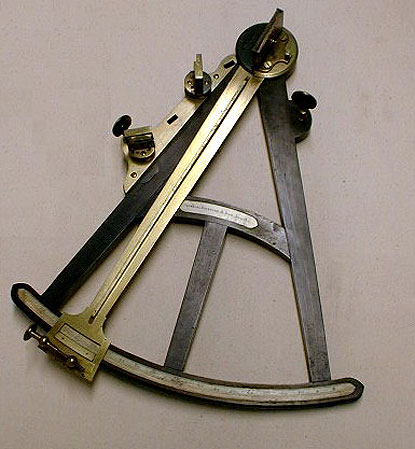The sextant and the quadrant were the quintessential navigation tools that Columbus and later sailors used to navigate around the world. The quadrant was used to locate the North Star and a string would align with a degree marking indicating the angle between the horizon and the star. The sextant was similar to a quadrant but used a dial instead of strings.
The traditional tools are now replaced with GPS-based modern tools that make life much easier. Here are some latest must-have navigation tools for sailors.
GPS Receiver: The Global Positioning System (GPS) receiver shows the location of the ship with the help of a satellite orbiting the earth.
Automatic Identification system: The location of the ship can easily be monitored using the automatic identification system. The AIS also provides other statistics related to the navigation of ships using VHF radio transmission.
Speed & Distance Log Device: Both distance and speed of the ship from a given point can be measured using the log device. The expected time of arrival can be conveyed to the port authorities using the log device.
Radar: Automatic radar plotting aid can display the location of nearby ships and sets a course that avoids any collisions with the ships.
Magnetic Compass: Working in tandem with the earth’s magnetic field, the compass is the basic navigation tool being used for centuries. One end of the needle points north, using which direction and course can be set.
Dividers: Navigation dividers are the foundation of every basic navigation tool set. The latest dividers are available in corrosion-free material for easy use as a navigation tool. The dividers allow ‘one hand use’ to measure distances in the chart.
Navigation chart: A must-have navigation tool for first timers and casual fishing enthusiasts, navigation charts explain all the symbols and abbreviations in nautical charts.

